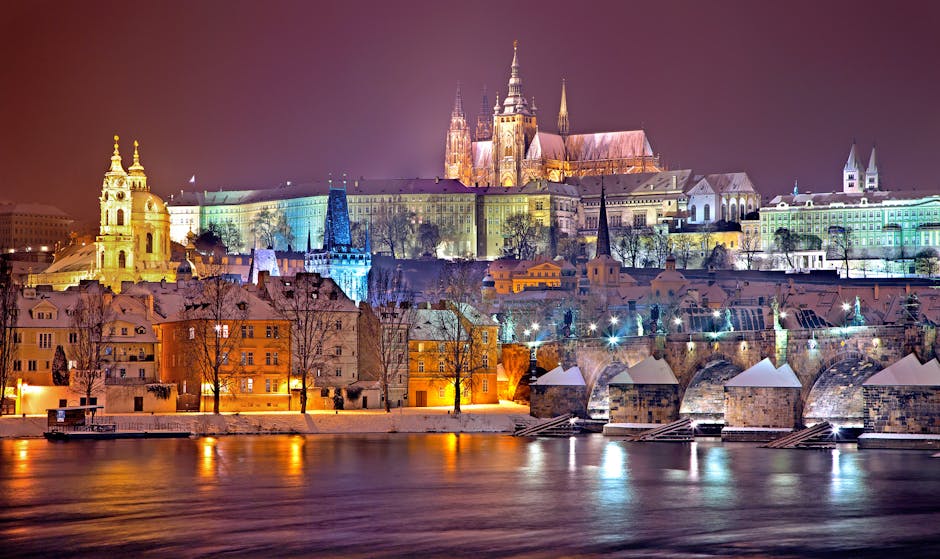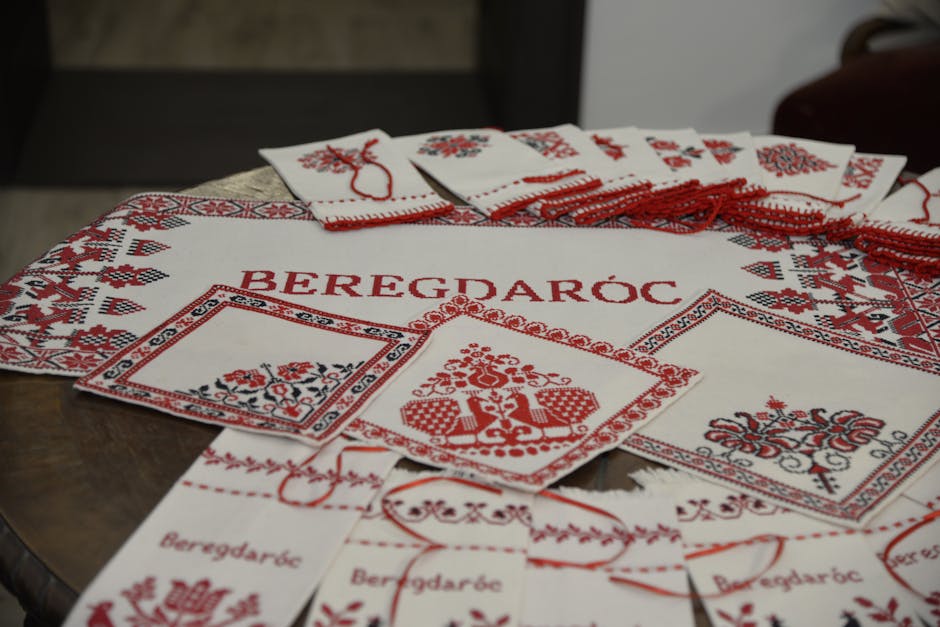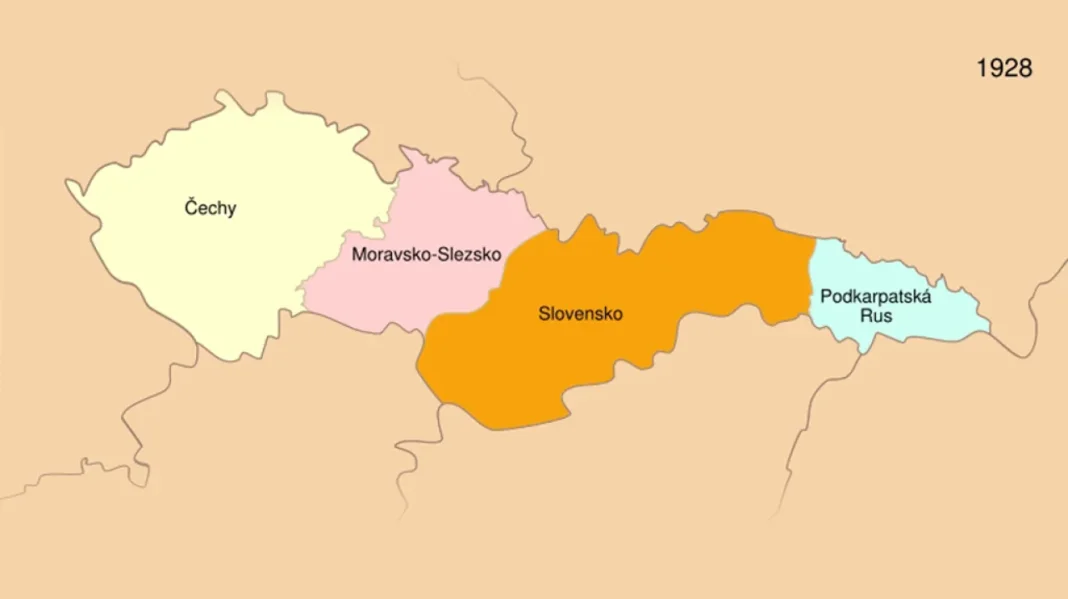The 80th anniversary of Czechoslovakia’s loss of Carpathian Ruthenia marks a significant moment in Central European history. This event reshaped borders and influences in the region, leaving a lasting impact on the people and politics of the time.
The Historical Context of Carpathian Ruthenia

Carpathian Ruthenia, nestled between the Carpathian Mountains and the heart of Central Europe, has been a region of diverse culture and complex political history. Before its annexation, it was home to a variety of ethnic groups including Ruthenians, Hungarians, and Czechs. The region became part of Czechoslovakia after World War I, under the Treaty of Saint-Germain, which sought to establish post-war peace and stability in Europe.
Czechoslovakia, a newly formed nation in the aftermath of the Austro-Hungarian Empire’s dissolution, saw Carpathian Ruthenia as a crucial addition not only for its cultural diversity but also for its strategic geographical position. However, the region’s separation in 1939 dramatically altered the nation’s landscape and accelerated regional tensions.
The Annexation by Hungary

In March 1939, amid the growing pressures of World War II, Hungary annexed Carpathian Ruthenia with the support of Nazi Germany. This move came after the Munich Agreement of 1938, where Czechoslovakia was forced to cede significant territories, leading to its dismemberment and weakening. Hungary’s annexation was part of broader territorial claims it pursued in preparing for potential wartime advantages.
The annexation not only shifted regional borders but also brought significant social and political upheaval. Ethnic tensions rose as Hungarian policies favored ethnic Magyars, leaving Ukrainians and Czechs marginalized. This period became a precursor to later Soviet influences, as post-war realities again altered the region’s political landscape.
Carpathian Ruthenia Under Soviet Control

Following the defeat of Nazi Germany in World War II, the dynamics in Central Europe shifted dramatically. In 1945, Carpathian Ruthenia was ceded to the Soviet Union and incorporated into the Ukrainian SSR as a result of agreements between Allied powers. This transfer marked a turning point, aligning the region more closely with Soviet policies and governance structures.
Under Soviet control, the region experienced industrialization, collectivization, and population changes that sought to integrate it into the larger Soviet framework. While some developments improved local infrastructure, others suppressed cultural and political freedoms of the Carpathian Ruthenians.
Impact and Legacy

The loss of Carpathian Ruthenia left a significant mark on the cultural and emotional landscape of what remained of Czechoslovakia. Memories of the region continue to resonate, particularly among descendants of those who lived through the changes. For contemporary Ukraine, the legacy of Carpathian Ruthenia is also poignant, as it reflects broader historical themes of resistance and adaptation.
Today, this anniversary prompts reflection on the broader implications of borders, national identity, and the endurance of cultural heritage. The history of Carpathian Ruthenia serves as a testament to the complexity and resilience of Central Europe.
Source: Official Czechoslovakian History Institute website.





